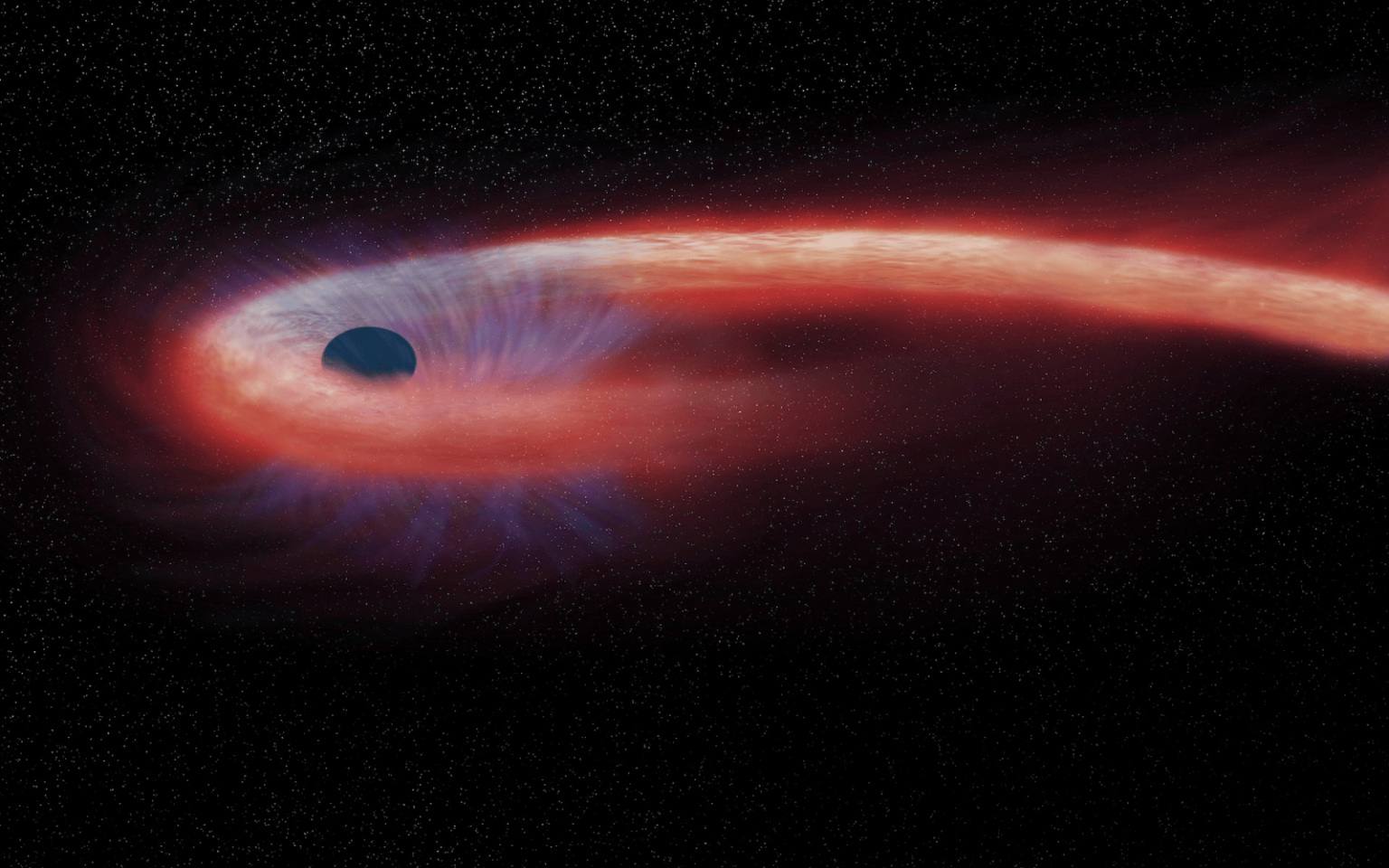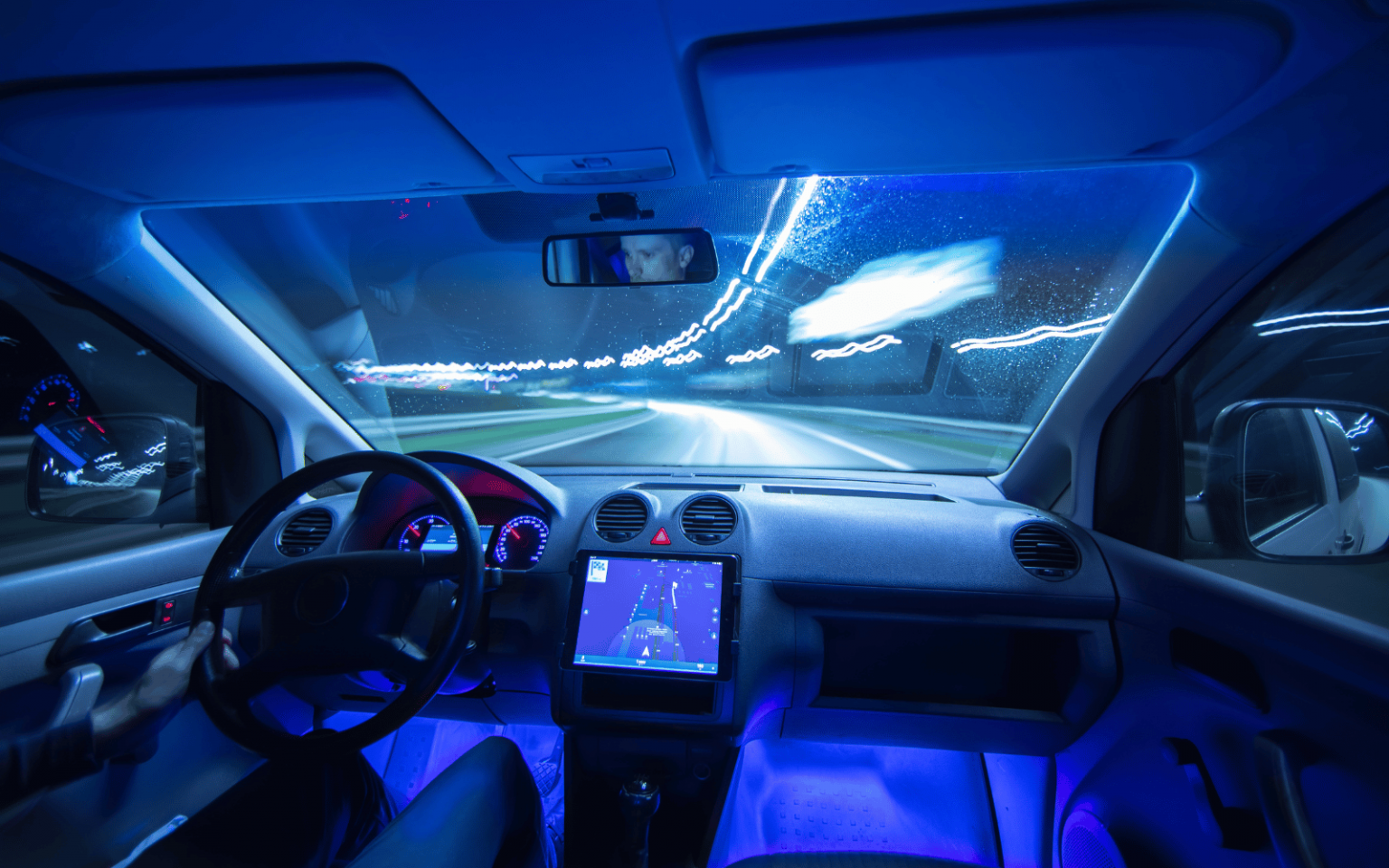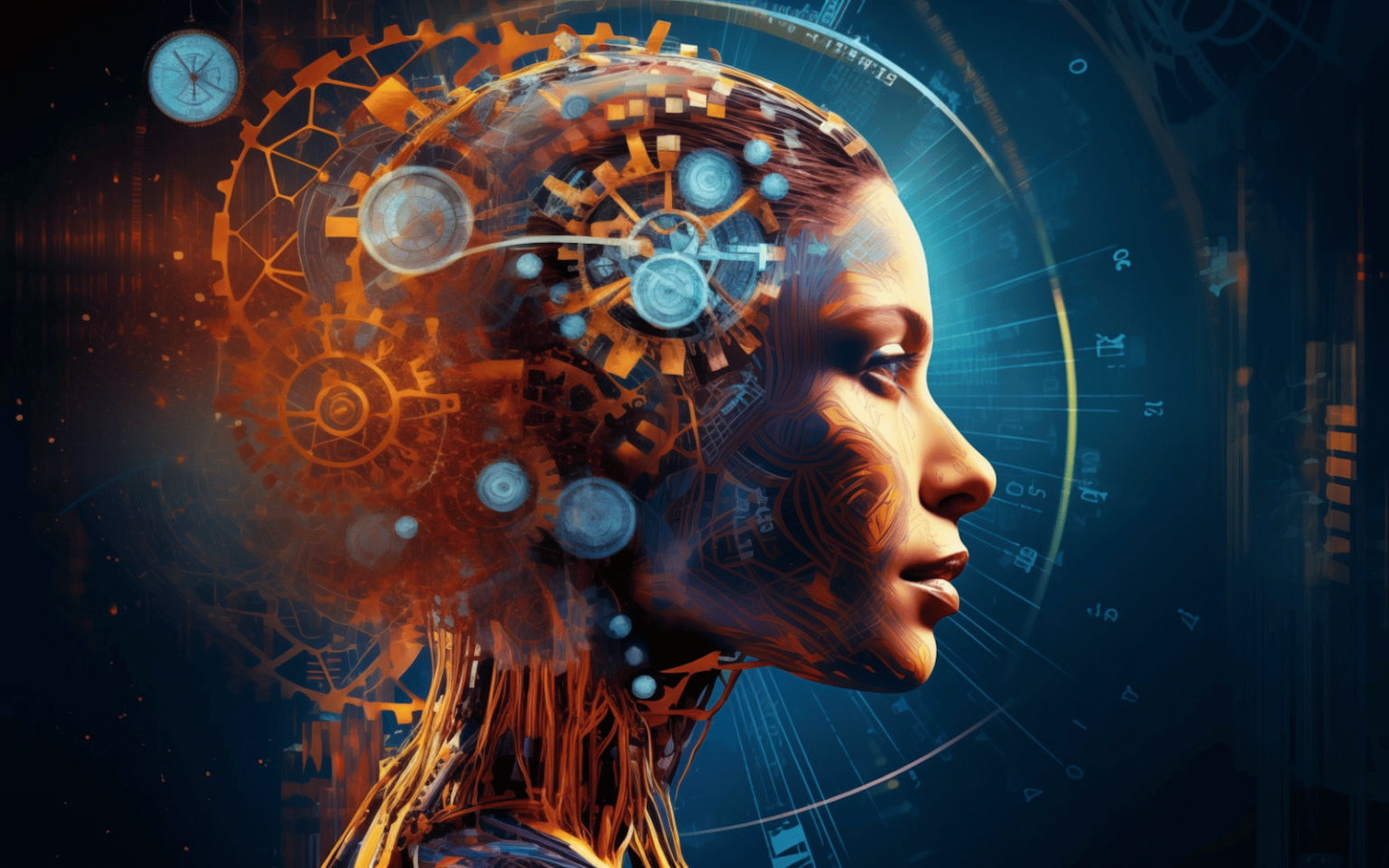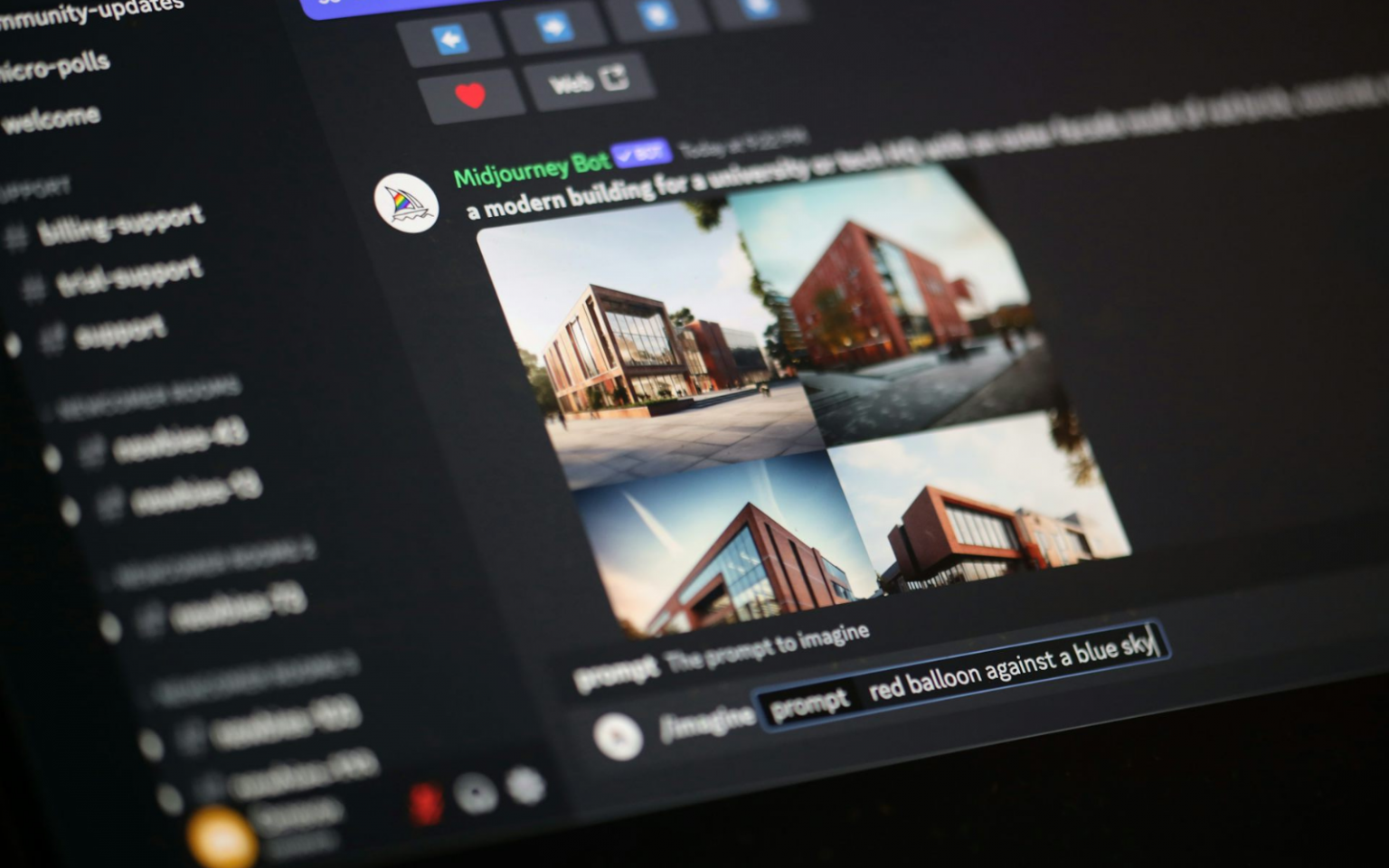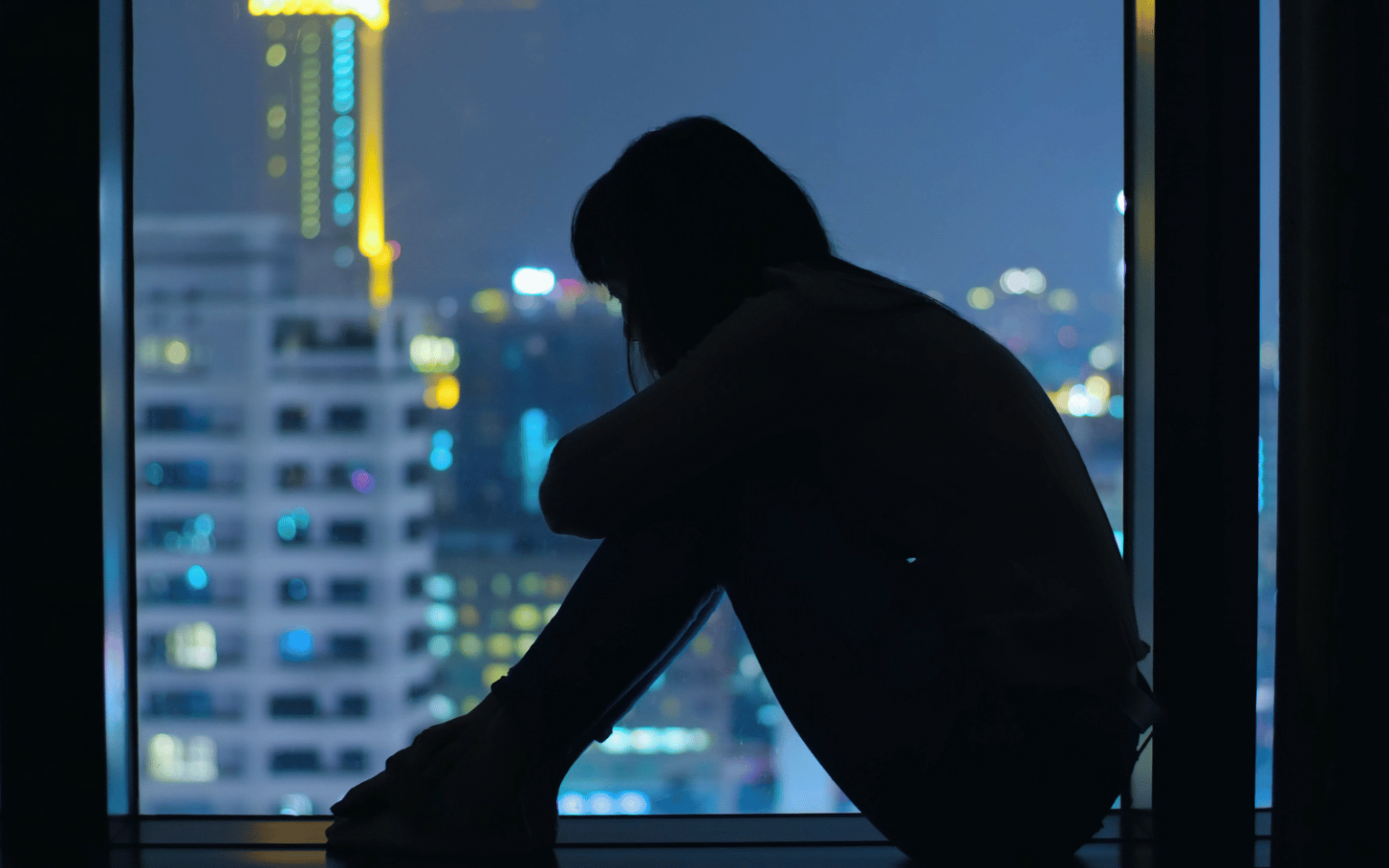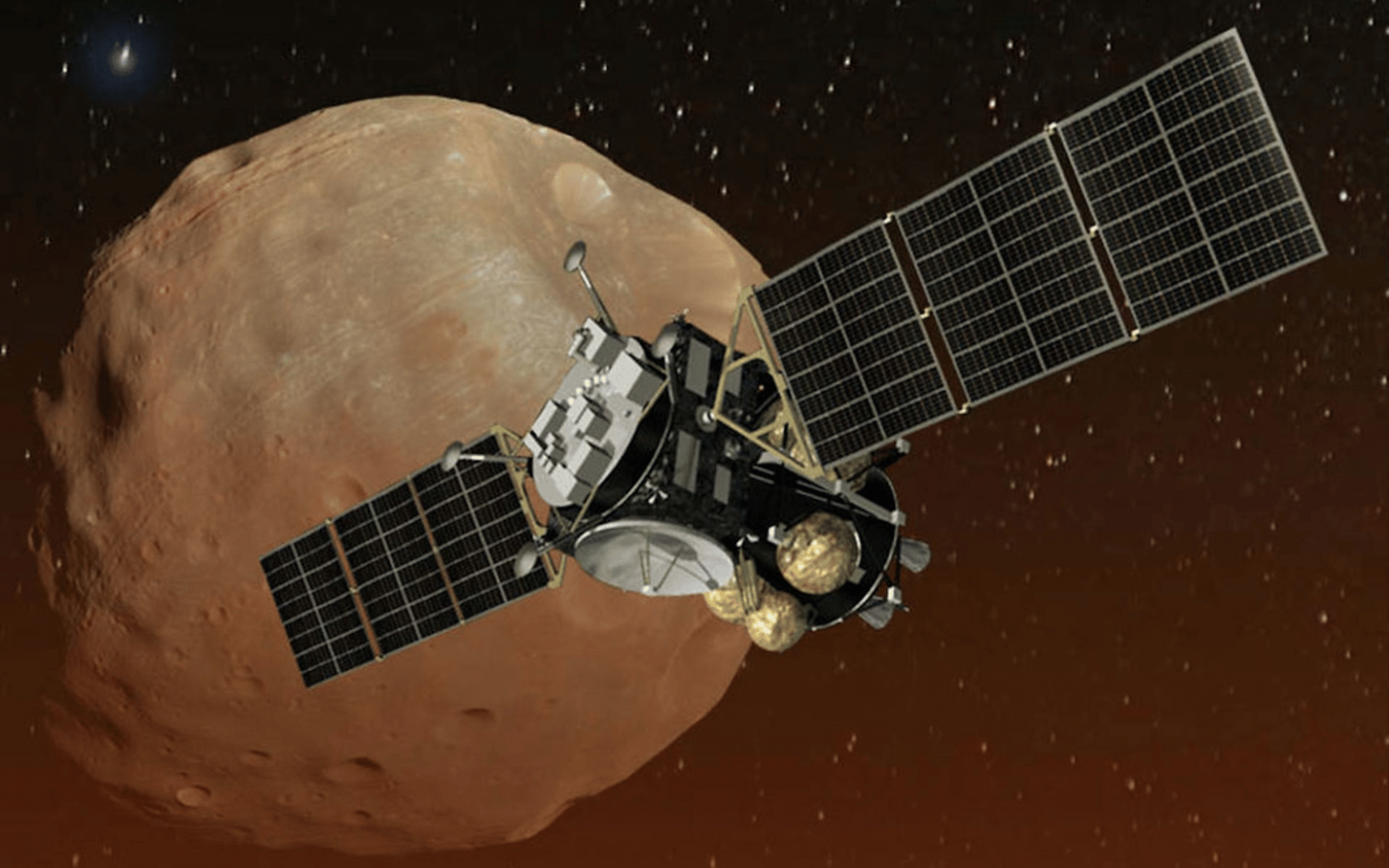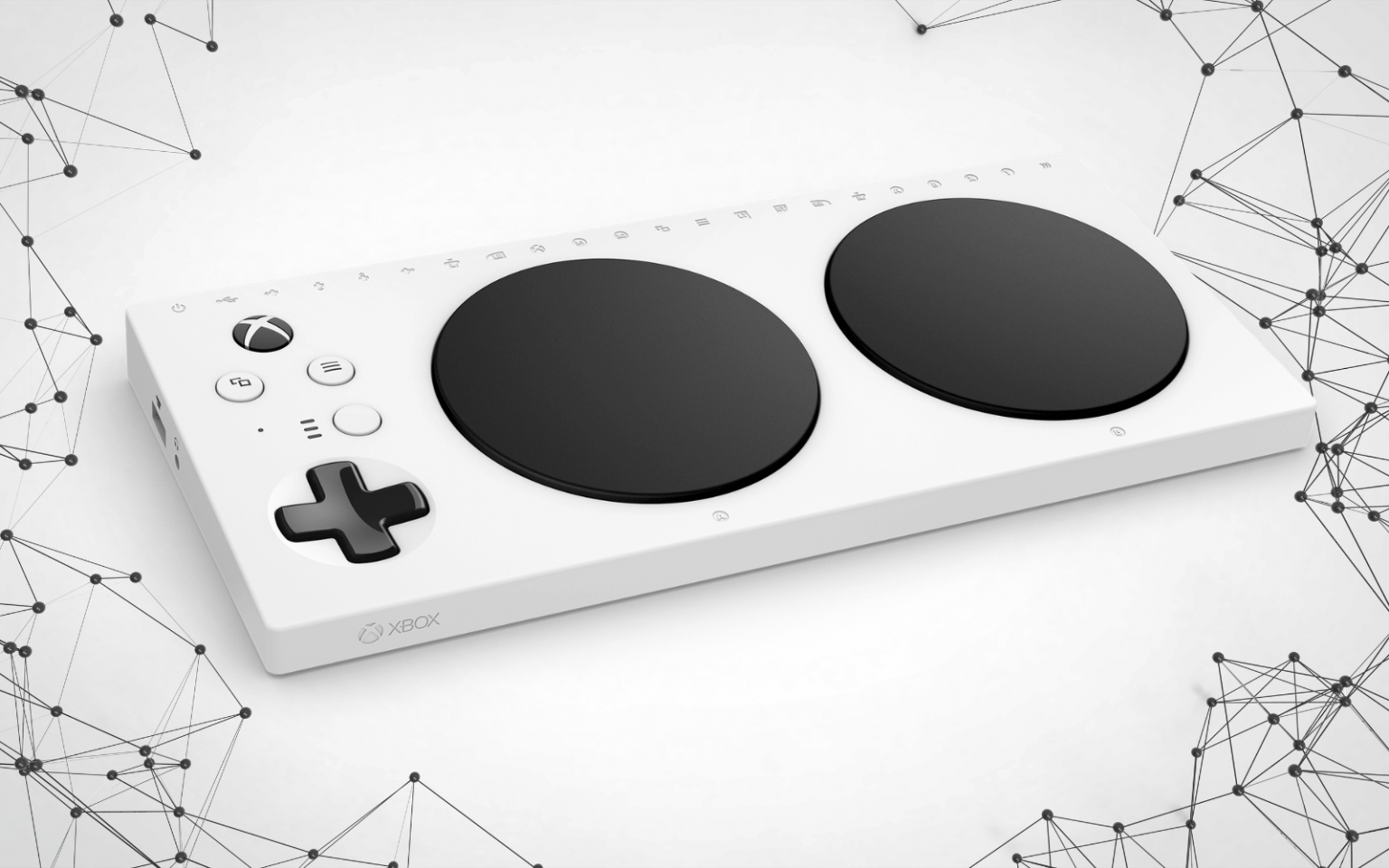A supercomputer scheduled to go online in April 2024 will rival the estimated rate of operations in the human brain, according to researchers in Australia. The machine, called DeepSouth, is capable of performing 228 trillion operations per second. It’s the world’s first supercomputer capable of simulating networks of neurons and synapses (key biological structures that make up our nervous system) at the scale of the human brain. DeepSouth belongs to an approach known as neuromorphic computing, which aims to mimic the biological processes of the human brain. It will be run from the International Centre for Neuromorphic Systems at Western Sydney University.…
Author: The Conversation
Black holes are dense astronomical objects with gravity so strong that nothing, not even light, can escape. Anything that crosses the boundary of a black hole’s gravitational influence, called the event horizon, will fall into the black hole. Inside this deep, dense pit, it is never to be seen again. Black holes litter the universe. Some smaller black holes are sprinkled randomly throughout galaxies like our Milky Way. Other gigantic ones, called “supermassive” black holes, lie at the centers of galaxies. Those can weigh anywhere between a million to a billion times the mass of our Sun. So you might be wondering:…
Tesla has recalled 2 million US vehicles over concerns about its autopilot function. Autopilot is meant to help with manoeuvres such as steering and acceleration, but still needs input from the driver. It comes just a few days after a whistle-blowing former Tesla employee cast doubt on the safety of the autopilot function. A simple internet search reveals several reported cases where the cars have made errors in identifying objects on the road. For instance, a Tesla car mistook an image of a stop sign on a billboard for the real thing and confused the yellow moon with a yellow traffic light. There have also been numerous recent…
In 2023, artificial intelligence (AI) truly entered our daily lives. The latest data shows four in five teenagers in the United Kingdom are using generative AI tools. About two-thirds of Australian employees report using generative AI for work. At first, many people used these tools because they were curious about generative AI or wanted to be entertained. Now, people ask generative AI for help with studies, for advice, or use it to find or synthesise information. Other uses include getting help coding and making images, videos, or audio. So-called “prompt whisperers” or prompt engineers offer guides on not just designing the best AI prompts, but…
Imagine this. You need an image of a balloon for a work presentation and turn to a text-to-image generator, like Midjourney or DALL-E, to create a suitable image. You enter the prompt: “red balloon against a blue sky” but the generator returns an image of an egg instead. You try again but this time, the generator shows an image of a watermelon. What’s going on? The generator you’re using may have been “poisoned”. What is ‘data poisoning’? Text-to-image generators work by being trained on large datasets that include millions or billions of images. Some generators, like those offered by Adobe…
Artificial intelligence (AI) is poised to revolutionise the way we diagnose and treat illness. It could be particularly helpful for depression because it could make more accurate diagnoses and determine which treatments are more likely to work. Some 20% of us will have depression at least once in our lifetimes. Around the world, 300 million people are currently experiencing depression, with 1.5 million Australians likely to be depressed at any one time. Because of this, depression has been described by the World Health Organization as the single biggest contributor to ill health around the world. So how exactly could AI help? Depression can be hard to spot Despite…
“Drone fishing” is a relatively recent innovation in the use of unmanned aerial vehicles. Some recreational anglers are using personal drones to fly baited lines into hard-to-reach areas of water, or to look for good fishing areas. Recreational fishing is a popular sport and hobby in South Africa, which has a 2,850km shoreline. The most recent estimate of the number of marine shore based anglers is about 400,000. The group of researchers I’m part of, who study linefish (fish caught using hook and line) became aware over the past 10 years or so of the increased practice of drone fishing. This…
When ChatGPT was released in November 2022, it sparked many conversations and moral panics. These centre on the impact of generative artificial intelligence (AI) on the information environment. People worry that AI chatbots can negatively affect the integrity of creative and academic work, especially since they can produce human-like texts and images. ChatGPT is a generative AI model using machine learning. It creates human-like responses, having been trained to recognise patterns in data. While it appears the model is engaging in natural conversation, it references a vast amount of data and extracts features and patterns to generate coherent replies. Higher education is one…
The two small moons of Mars, Phobos (about 22km in diameter) and Deimos (about 13km in diameter), have been puzzling scientists for decades, with their origin remaining a matter of debate. Some have proposed that they may be made up of residual debris produced from a planet or large asteroid smashing into the surface of Mars (#TeamImpact). An opposing hypothesis (#TeamCapture), however, suggests the moons are asteroids that were captured by Mars’s gravitational pull and were trapped in orbit. To solve the mystery, we’ll need material from the moons’ surfaces for analytical analyses on Earth. Luckily, the Japan Aerospace Exploration Agency (Jaxa) will launch a mission, named “Martian…
When it comes to accessibility in gaming, Microsoft takes two steps forward with the Xbox Adaptive Controller, but a giant leap back with its ban on third-party devices. On Oct. 31, some Xbox players began receiving a new error code on their Xbox One and Xbox Series X/S consoles. The error code meant that players were using an unauthorized third-party controller — one not made by Microsoft or an official hardware partner. Players were given two weeks’ notice until the unauthorized controller would no longer work with their consoles. Essentially, Microsoft had quietly banned the use of controllers not made or approved by…


